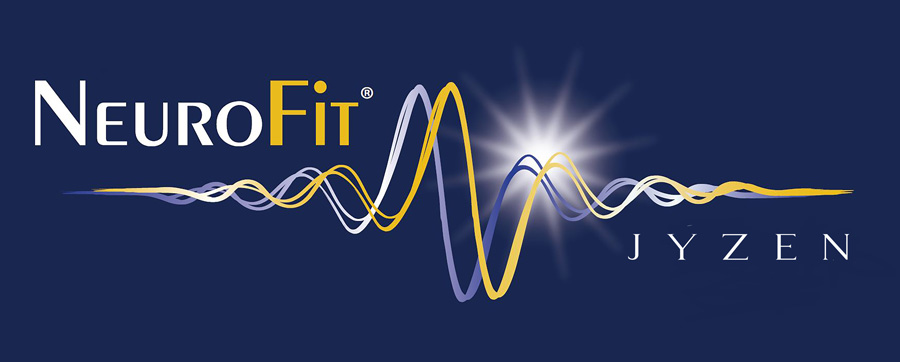EEG-Biofeedback / NeuroFeedback
About Brainwaves
All the areas of dysregulation we look for in your brain maps are generated by the frequency or cycles per second (HertzHz) of your brainwaves called Delta, Theta, Alpha, Beta and Gamma. When working efficiently your brain is flexible enough to move quickly between each of these frequencies and strong enough to hold them as needed.
For example, when reading a book or completing a job/homework assignment, your brain needs to stay focused and alert using Beta brainwaves. Then when you want to sit down and relax or meditate, the brain must slow down and move into a different brainwave, Alpha. If you want to go to sleep, your brain must now slow down even further and move into holding the Theta and Delta brainwaves so you can get a good night sleep.
If at any time your brain can’t move quickly to make the proper adjustments or hold adjustments long enough it is not working efficiently and symptoms develop. Let’s say your brain is stuck in Beta brainwaves while you want to relax or fall asleep, you can feel anxious, have racing thoughts, and your sleep is affected. Or, let’s say you are using Beta brainwaves to balance your checkbook and your brain suddenly moves into Alpha, you will feel foggy, spacey and unfocused
When we review the results of your brain map with you, we will go over each of these 4 frequencies and show you exactly where your brain is underactive, overactive, or within a normal range. As your NeuroFit 360 training program progresses, you will see in real time as your brainwaves begin to regulate themselves and become mindful of how the role each frequency plays in your life is beginning to improve.
The brainwaves you will learn more about at NeuroFit are:
Delta is the slowest frequency of brain wave activity. Delta is measured from .5 to about 4 cycles per second. Delta is only seen as the dominant rhythm in the adult EEG in the deep sleep state that occurs within the first two hours of the sleep cycle. If it is dominant in the waking state in an adult, it could indicate some type of abnormality. Serotonin is the neurotransmitter involved with delta rhythm and the appropriate regulation of our deep, rejuvenate, delta sleep cycle.

The next brainwave bandwidth is Theta. Theta occurs between 4 and 8 cycles per second. Theta in the adult EEG can indicate drowsiness and can also indicate some abnormalities. Sometimes people with head injuries will show excessive Theta activity either at the sight of the injury or other areas of the brain. Theta has also been found to be outside the norm in some children and adults with ADD and ADHD and sometimes in children with learning disabilities. Theta dominance can also be indicative of a certain meditative state where the individual is on the threshold of awareness of the normally subconscious and unconscious levels of the mind. Theta is associated with the neurotransmitter GABA and acts like a natural tranquilizer to counter stress chemicals in the brain. The temporal lobes, which help govern the frontal and parietal lobes of the brain, regulate emotions and memory and are the primary locations for GABA.

The next bandwidth is Alpha. The mental state of Alpha is similar to putting the clutch in before shifting the gears; it is a holding pattern. Alpha predominance essentially represents a brain that is quiet and at rest. Alpha ranges from 8 to 12 cycles per second. Alpha also regulates the efficiency of the brains processing and thinking speed and is associated with levels of the neurotransmitter acetylcholine in the parietal lobes.

Beta is between 13 cycles per second up to over 30 cycles per second. Low frequency Beta, between 13 and 15 cycles per second, has also been referred to as “sensory motor rhythm” and it appears to be a very important rhythm. When this rhythm is present in the EEG, it has the ability to organize and coordinate many pathways in the brain. It indicates quieting of the processing of incoming sensory information with the appropriate motor response. Sensory-motor rhythm is found to be very high in persons adept in Hatha Yoga while performing postures. Beta waves ranging from 15 to 20 hertz indicate external awareness and heightened states of attention. The neurotransmitter dopamine, which is responsible for our ‘drive’, energy and motivation is regulated by the frontal lobes and is associated with Beta. From 20 to 30 hertz, too much Beta activity can indicate states of hyper-arousal, anxiety or panic.

Gamma from approximately 35 hertz on, this can be a very different indicator in the brain of the advanced meditators and is called Gamma. Gamma is considered in these cases to be evidence of ‘being more conscious’.

